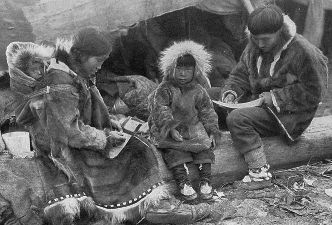Culture and Overview
Agriculture and Food
Native American Art
American Indian homes and Dwellings
Homes: The Teepee, Longhouse, and Pueblo
Native American Clothing
Entertainment
Roles of Women and Men
Social Structure
Life as a Child
Religion
Mythology and Legends
Glossary and Terms
History and Events
Timeline of Native American History
King Philips War
French and Indian War
Battle of Little Bighorn
Trail of Tears
Wounded Knee Massacre
Indian Reservations
Civil Rights
|
Tribes
Tribes and Regions
Apache Tribe
Blackfoot
Cherokee Tribe
Cheyenne Tribe
Chickasaw
Cree
Inuit
Iroquois Indians
Navajo Nation
Nez Perce
Osage Nation
Pueblo
Seminole
Sioux Nation
|
People
Famous Native Americans
Crazy Horse
Geronimo
Chief Joseph
Sacagawea
Sitting Bull
Sequoyah
Squanto
Maria Tallchief
Tecumseh
Jim Thorpe
|
